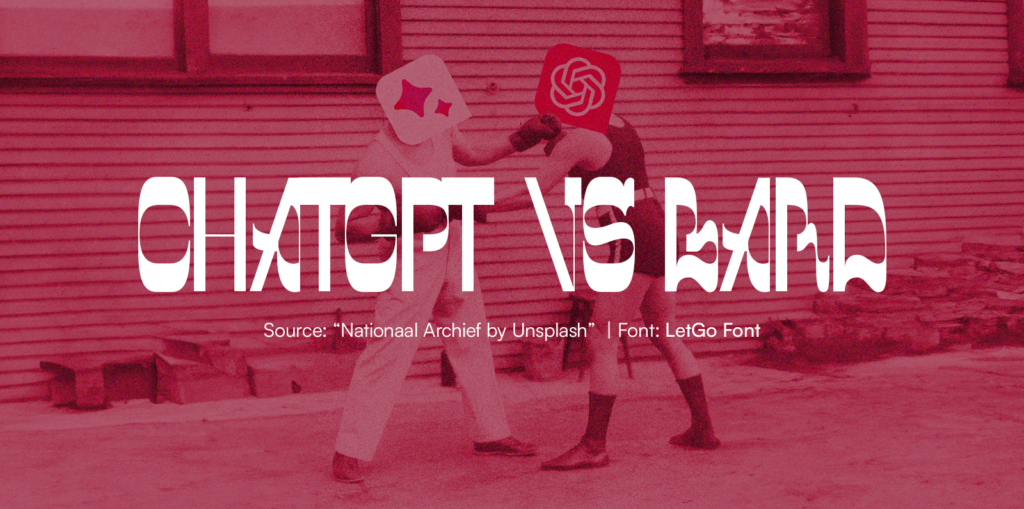The revolution in the world of artificial intelligence took an exciting turn this May with the launch of ChatGPT by OpenAI, a natural language processing model designed to generate coherent and contextually relevant responses in written conversations. However, the tech giant Google didn’t sit idle and introduced their own chatbot, Bard, during the same month.
The big question: ChatGPT or Bard? Which one is better? Which one to work with? At Ingenyus*, we’ve tested both tools to try to find answers. Discover with us the impressive abilities of these AIs!
We’ve posed different questions to both chatbots, and here are the results:
- General knowledge question: In this category, ChatGPT takes the crown by providing clear and concise answers. Need quick and clear information? This is your choice.
- Microstory creation: Google Bard shines in creating microstories, offering different brief and original options. Your perfect ally if you’re looking for creative narratives; you’ll immerse yourself in a world of captivating stories.
- Explanation of an academic task for children: This time, Bard also shows its versatility by explaining academic tasks in a detailed and accessible manner for different comprehension levels. The perfect choice for conveying complex concepts in an accessible and friendly way.
- Translations: ChatGPT excels in translation, providing efficient and well-translated responses. Its language handling skills stand out in this category, ensuring effective communication in different languages.
- Instagram content creation: If you want to create content for social media, ChatGPT will be your great ally, offering ready-to-copy-and-paste ideas and even adding emojis to give that extra touch of expressiveness in Instagram posts.
In conclusion, as expected, we didn’t find a true winner. The choice between Google Bard and ChatGPT will depend on your specific needs. Each AI has unique features, but it’s essential to provide precise and concrete information to get the best possible result. Whether it’s quick information, creative narratives, detailed explanations, translations, or social media content, each has its strengths and shortcomings.
We’d like to leave you with a question: Did we write this article, or did we ask the AI to do it?




